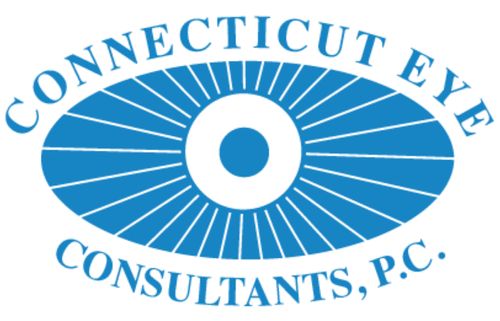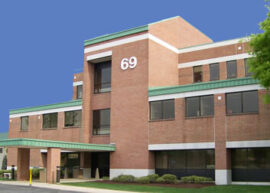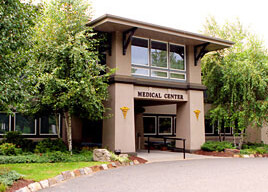In 1997, the World Health Organization estimated that 45% of blind children worldwide had lost their sight from avoidable causes. That means that with early diagnosis and good care, we can reduce cases of childhood blindness by almost half. Here are three of the most common conditions leading to childhood blindness.
Vitamin A Deficiency
Vitamin A deficiency is the leading cause of preventable blindness in children. Our eyes needs vitamin A for several purposes, including to nourish and protect the cornea, which is the clear covering on the front of the eye. Without it, the cornea is vulnerable to injury and scarring which can lead to blindness. Vitamin A deficiency causes an estimated 250,000 – 500,000 cases of childhood blindness each year.
Immunization
Vitamin A deficiency is often a consequence of measles. Effective vaccination programs dramatically reduce the incidence of the illness, which reduces vitamin A deficiency and corneal scarring in kids.
Vitamin A Supplementation
In communities where children’s diet is inadequate, supplements can entirely prevent childhood blindness because of vitamin A deficiency. All it takes is two doses per year, at a cost of about five cents each, starting when the child is six months old.
Cataracts
A cataract is a clouding of the lens in the eye. In a healthy eye, light passes through the lens to the retina, which transforms it into an image. When the lens loses its transparency, light is blocked and the image becomes blurred and distorted. Most cataracts are related to aging. But some babies are born with cataracts, and some children develop them at a young age.
Some causes of cataracts in young people:
- genetic predisposition
- infections like rubella and chickenpox before the baby’s birth
- diabetes
- injury
- toxocariasis (a rare parasitic infection spread via animal feces)
Over the first few months of life, a baby’s brain develops essential visual connections in response to a clear retinal image. When a cataract deprives one eye of clear vision, the brain creates abnormal visual connections. The result is a condition called amblyopia, also known as lazy eye. Left untreated, amblyopia may cause permanent blindness. This is one reason why cataracts in young people should be removed as early as possible.
Treatment
Cataract surgery for babies and children is done under general anesthesia using an operating microscope. Once the cataract has been removed, focusing power may be restored in one of three ways:
- Contact lenses are recommended for babies and small children because their developing eyes change so rapidly. Contact lenses can be replaced as often as necessary.
- Artificial lenses may be implanted.
- Glasses are sometimes used when contact lenses and artificial lenses have failed or are judged inappropriate.
Retinopathy of Prematurity (ROP)
Retinopathy of prematurity is a condition where unwanted blood vessels grow on a baby’s retina. Severe cases can cause permanent visual impairment. In the US, about 1,100 – 1,500 infants annually develop ROP serious enough to require treatment. Of those, about 400-600 become legally blind. The earlier a premature baby is born, the higher their risk of developing ROP.
Other risk factors include:
- Low birth weight (2.75 pounds or less)
- Being given oxygen immediately after birth (common among premature babies)
- Premature birth combined with anemia, vitamin E deficiency, or respiratory problems
- Being Caucasian
Treatment
Laser Surgery
This is the standard treatment for ROP. A laser is used to remove an area around the edge of the retina, which saves sight in the central part of the visual field.
Freezing Treatment (Cryotherapy)
Here, the surgeon uses a tiny instrument to freeze a part of the eye that extends beyond the edge of the retina. Freezing was the earliest treatment for ROP; it is now less common.
Medication
Drugs used for ROP work by inhibiting the growth of blood vessels in the retina. Treatment involves injecting medication into the eye under general anesthesia. Medication and laser treatment together may produce excellent results.
Make sure to have your child regularly screened at Danbury Eye Physicians & Surgeons, P.C. by our pediatric specialist! Schedule your consultation today.






